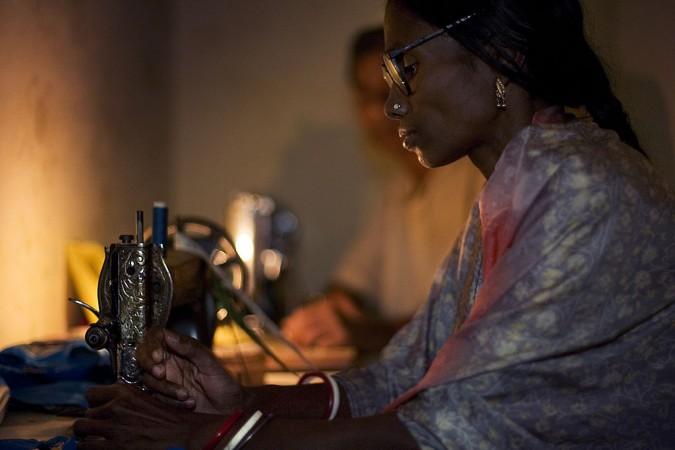
There are more married women at work than single women. Among 8.9 crore women workers in India, approximately 7.9 crores are married, according to the 2011 Census data released recently.
Among those in the child-bearing age of 15-49 years too, married women are more likely to be working than unmarried ones. The data also suggests that those with regular jobs have lesser number of children.
However, with less number of children, preference for a son comes into play and the sex ratio has fallen. But, the total fertility rate or an average number of children born to a woman over her full child-bearing years has decreased to 2.9 from 3.3 a decade ago for working women.
Non-working women, who are greater in number, have more children and the sex ratio in their case is worse. They are confined to domestic work, which is mostly not assumed as work and goes unappreciated and unpaid. The fertility rate is higher for non-working women at 3.1, which is a slight decrease from 3.2 in 2001.
Between the age of 15-49 years, only 27 percent unmarried women are working against 41 percent married women. They are most likely to be studying in schools or college or barred from working by their families.
The sex ratio of children born in the last year was 912 in 2001 compared to 901 in 2011. Among non-workers, the sex ratio was 901 in 2001 and 894 in 2011.
The women who have irregular jobs or casual jobs for less than six months in a year, aka marginal workers, have a fertility rate of 3.4, which is a decrease from 3.7 in 2001. Interestingly, the sex ratio in this group is improved. It stands at 914 in 2011 compared to 911 in 2001.
The reason behind it, however, is not a change in favouring sons over daughters; its economic factors that prevent sex-selective abortions.
Underprivileged sections, including tribals and Muslims, are part of a majority of marginal workers and sex-selective abortion is frowned upon in these groups.
According to the Census data, almost 50 percent of women in rural India work compared to 22 percent in urban areas. However, in urban areas working women have two children on an average compared to 3.1 in rural areas. The sex ratio among working rural women was down to 906 in 2011 from 936 in 2001.














